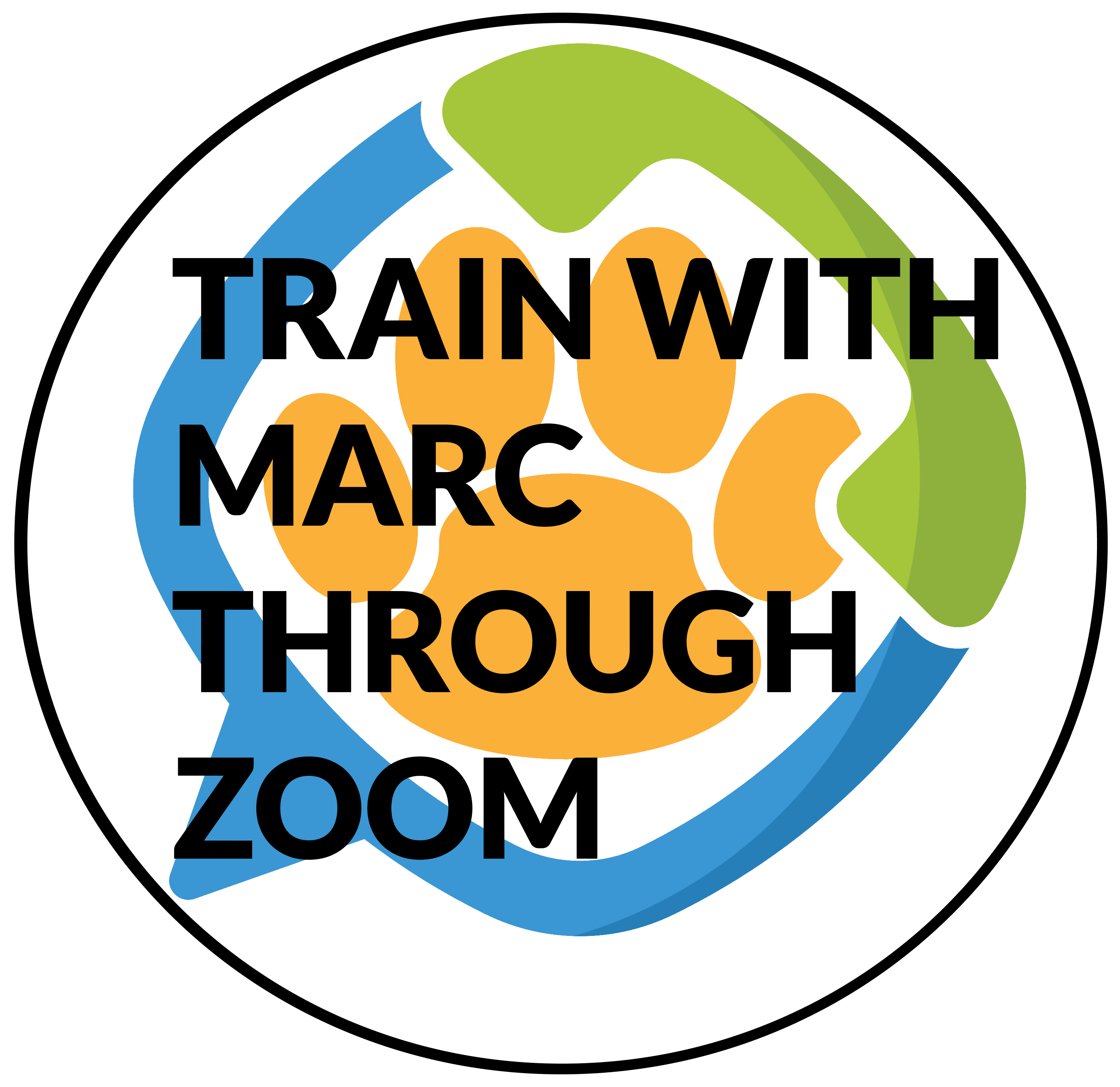Introducing Dogs to One Another
By Marc Goldberg, CDT
While there is no way to make dog to dog interaction entirely safe, there are many things we can do to make it relatively safe. Perhaps the most important thing it to make sure the dogs are introduced properly. The introduction may be critical and, there are a few simple tips that will make the process as smooth as possible. But safety should not be the only concern. The reality is that the nature of the dogs’ relationship will be determined in that initial introduction. Of course it will change as time goes by, but that first interaction will continue to have a lasting effect.
Before introducing two dogs, it is a good idea to have some idea as to the temperaments of both dogs. In specific you should have an idea about the dogs' view of other dogs. Are they friendly and outgoing? Shy and timid? Pushy and exuberant? Are they uninterested? Confident and calm? Are they hostile or aggressive? Each of these personalities can present unique difficulties, but we are most concerned with the pushy, hostile, or frightened dogs. These personalities are unique in that they are the dogs most in need of interaction but are also the ones that present the most potential for danger.
If you are unsure of your ability to assess the risk of dogs like this, or if you uncertain whether your dog fits into this category I recommend that you enlist our help as a professional Chicago dog trainer.
Provided you have decided to go ahead with the introduction your next step should be chose the place for the first meeting. By far the best choice is to pick territory that is neutral to both dogs. A public park that neither dog frequents would be a good choice. If the dogs are going to be staying together in home, the place of introduction should be someplace within walking distance of that home. After the introduction on neutral territory, the dogs can walk home together.
The dogs should arrive at the location with a safe distance between them, ideally out of sight from each other. They should each be given a few moments to get familiar with the new environment. Once they have adjusted to the area, they should be brought towards each other on leashes. Though leashes tend to make dogs more aggressive, wise use of a leash in this situation should prove to be very helpful. However, the leashes should remain slack whenever possible. There should be no restraining, tugging, pulling; no sustained leash pressure at all, as this will only serve to increase the dog's anxiety level. This means that for an easy introduction, your dog should first be trained to walk politely on the leash without pulling.
The dogs should be allowed to inspect one another, but not allowed to get overly excited at first. When the excitement gets too high, the dogs should be separated simply by having the handlers walk away from each other without jerking or popping the leash. If needed, gentle non-threatening leash guidance may be used. Use the same process in the event of growling, snarling, snapping, lip lifting, or any other threatening or warning behavior.
This process should be repeated until the dogs begin to interact comfortably with one another. At this time, you can begin to allow playing for short periods. Again, at this point, it we want the dogs to relax, but we also want to teach the dogs to separate easily when we need them to.
As time goes by, you can allow them longer and longer play periods. While there is no such thing as 100% safe dog to dog interaction, if you follow these steps you can have reasonable peace of mind when the dogs are interacting.
Always remember, if you ever feel “over your head” or confused about how to proceed be sure to contact a professional trainer for help.
Our Philosophy & Goals
Our philosophy is simple. Improve the life of both dog and family. All too often, unruly dogs do not fully enjoy life because their families constantly become upset and frustrated with them. This is difficult for both family and dog.
Our mission is simple. Make both dog and family happy.
What does is take to make your dog happy? He will thrive when you give him leadership and attention.

Making the family happy is a bit more complex.
Families typically want their dog to:
- Come when called, every time, on or off leash
- Walk nicely on a loose leash without pulling
- Sit until released
- Down until released
Families also want their dogs:
- Not to jump on people
- Not to charge through doors
- Not to dig in the garden
- Not to bark and chew inappropriately
- Not to climb on furniture you prefer they avoid
- Not to sniff and eat off the table and counters.
- Not to be wild and uncontrollable
- Not to ignore you when you want their attention




